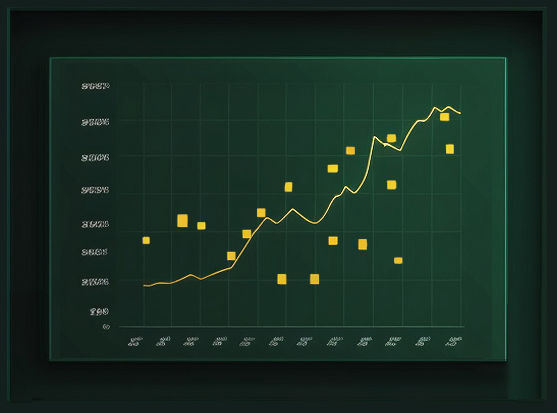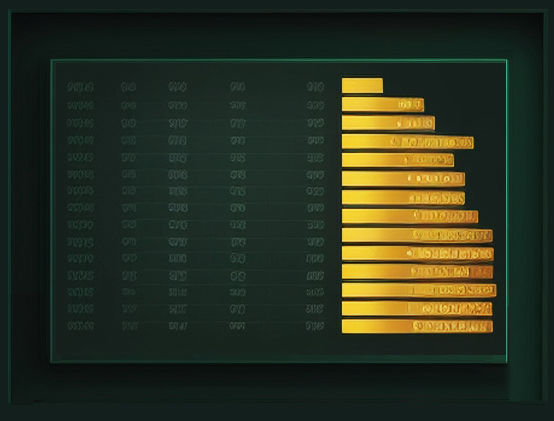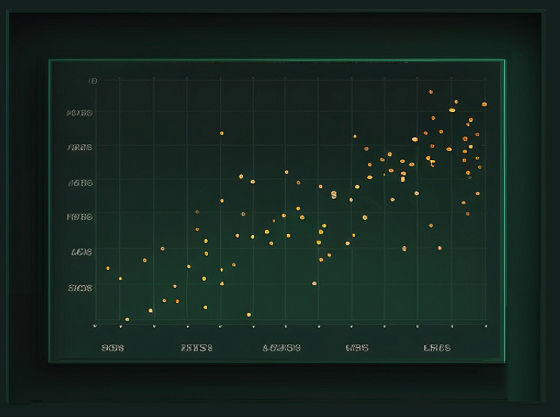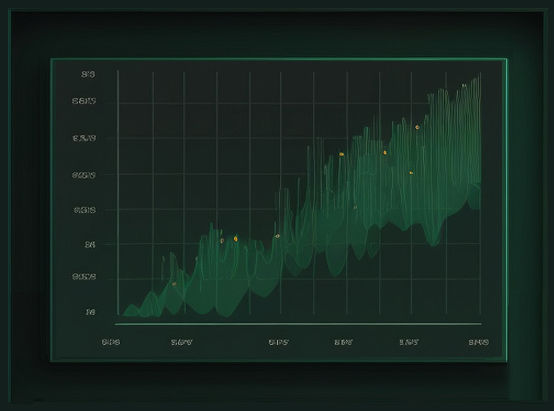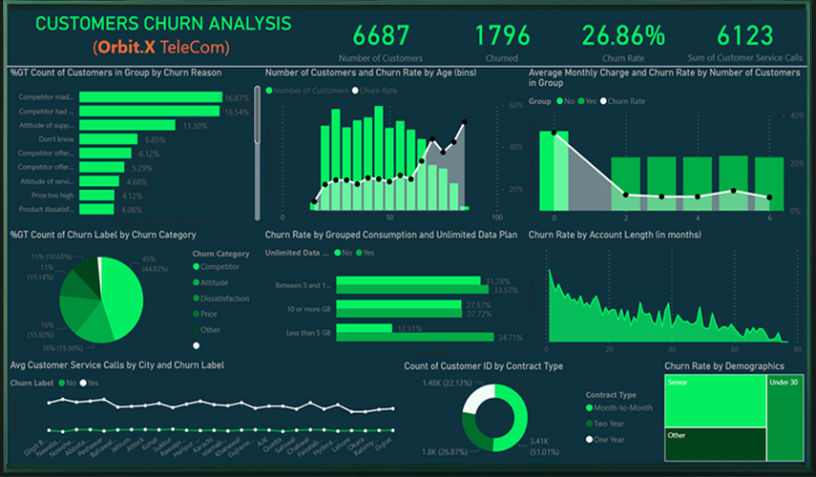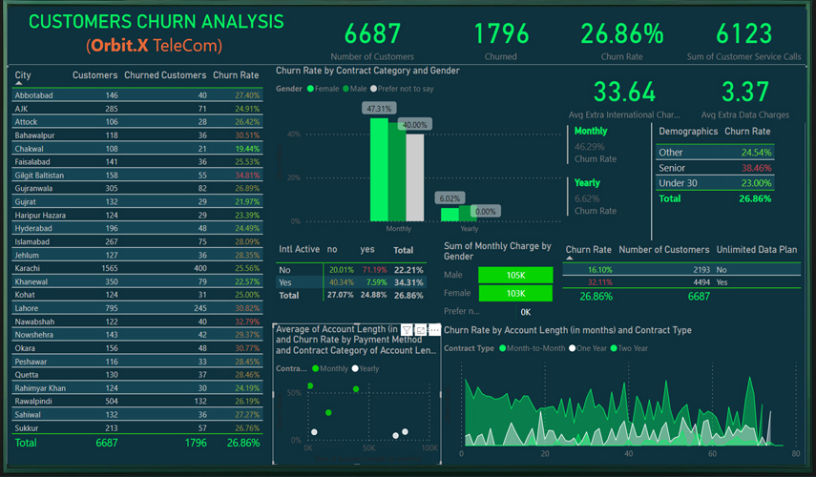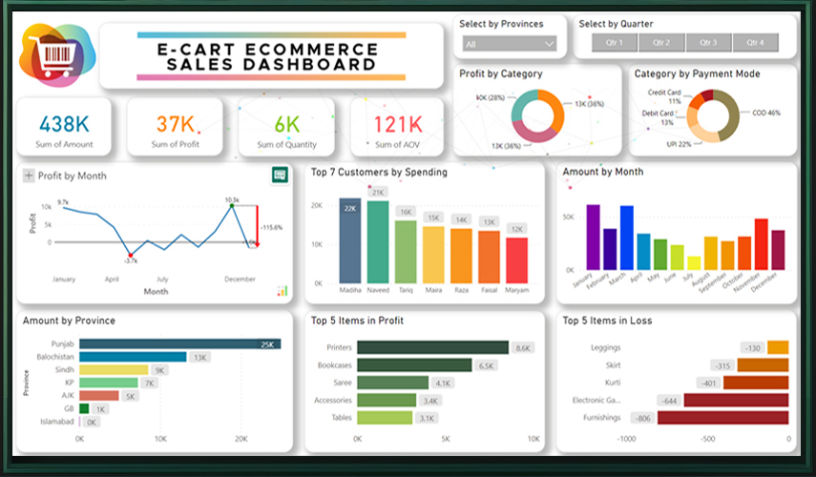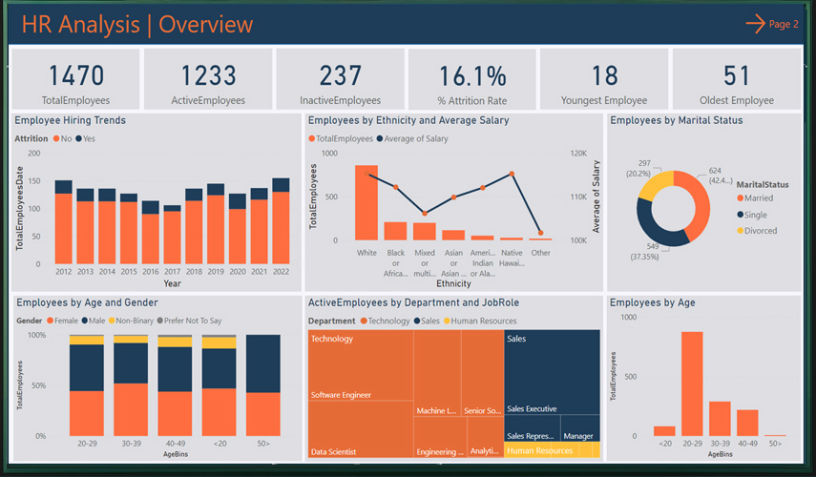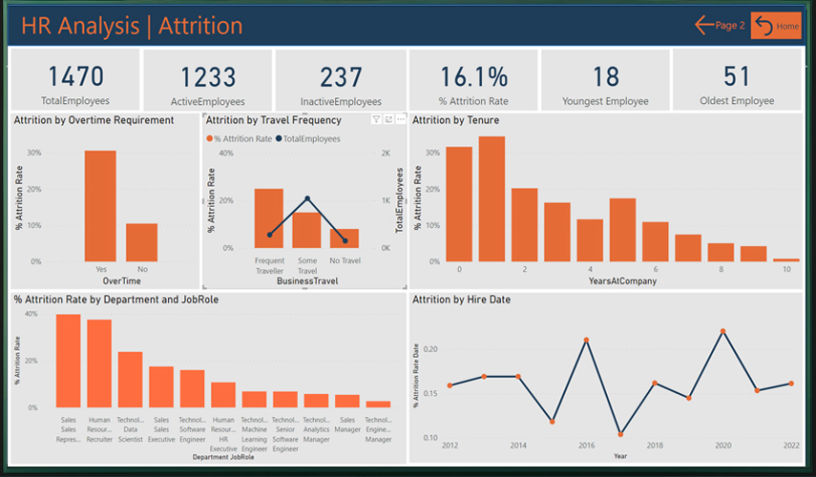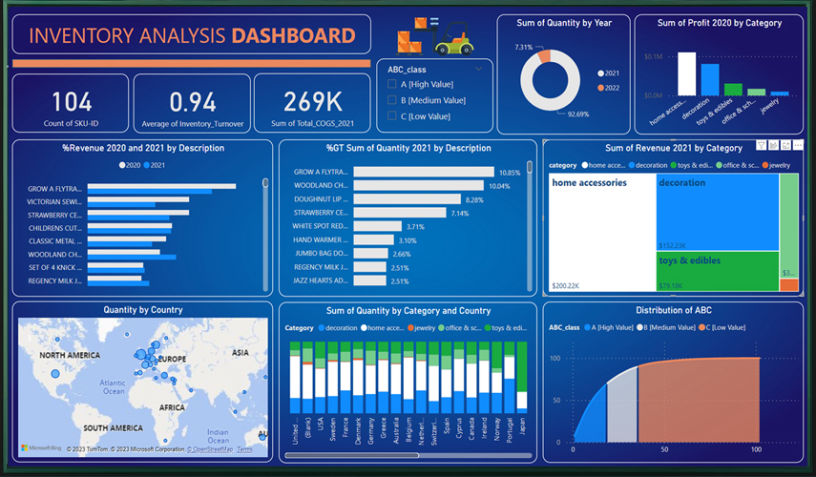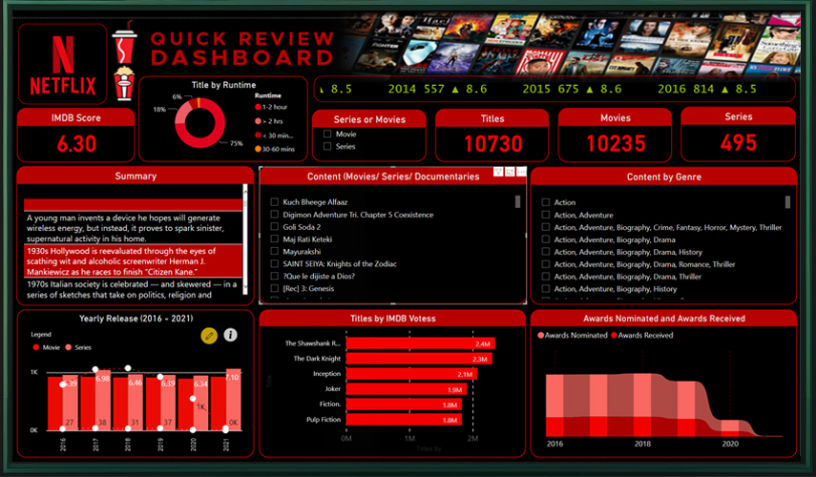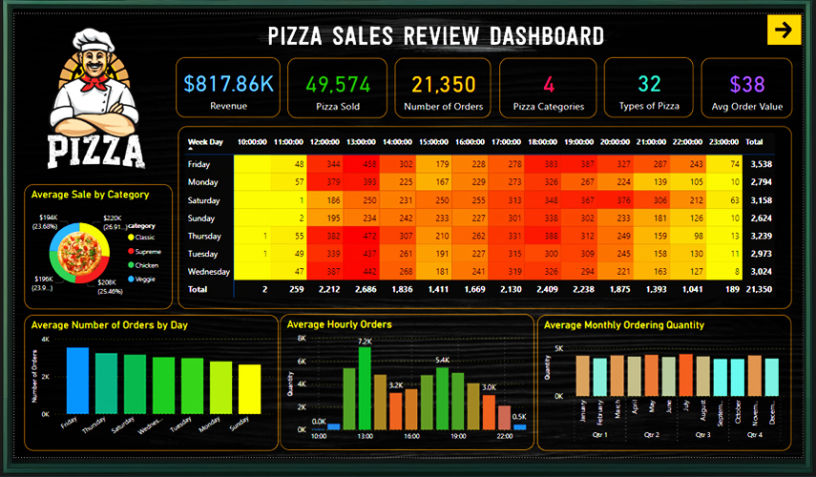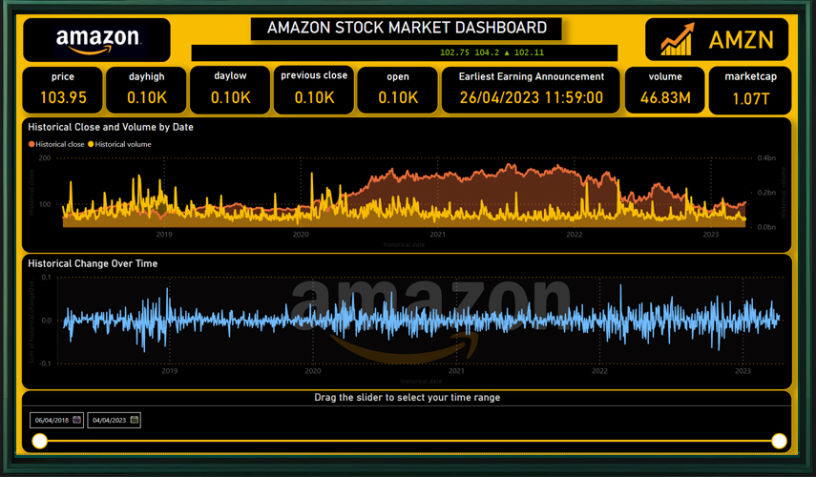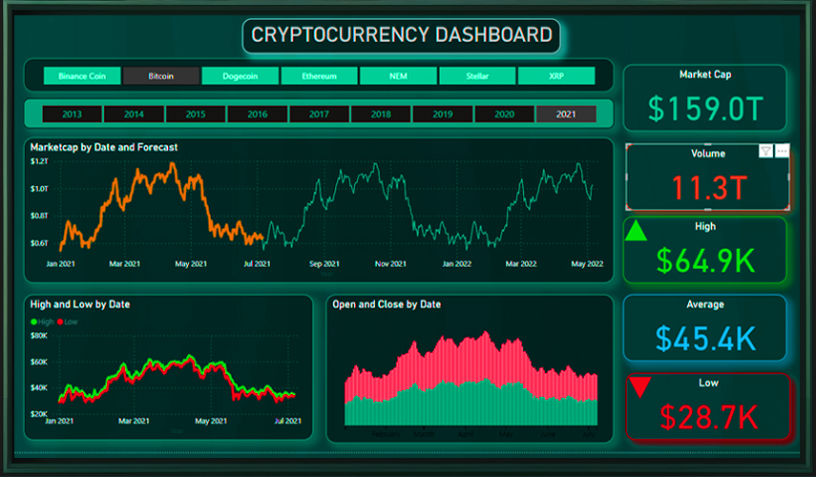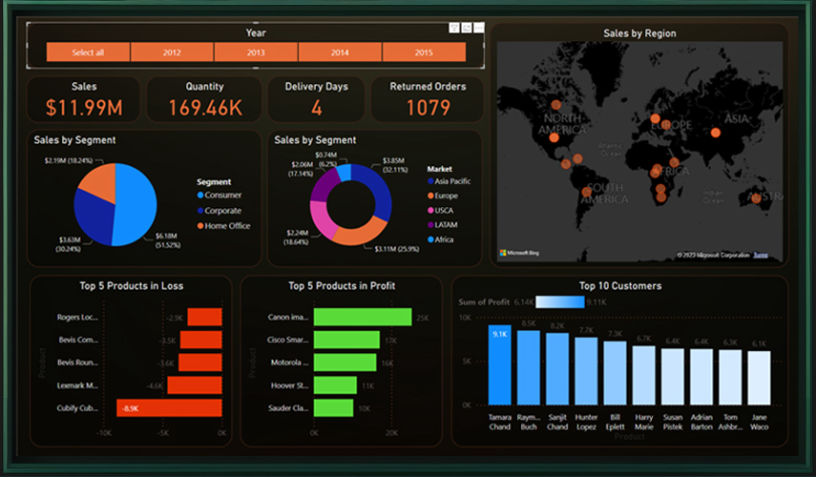Healthcare
Not using Data Analysis can cause:
Missed opportunities for improvement: Without data analysis, healthcare providers may miss valuable insights and opportunities to improve patient outcomes, operational efficiency, and cost-effectiveness.
Inefficient resource allocation: Data analysis helps healthcare organizations allocate resources effectively, avoiding waste and making sure that the right resources are available at the right time. Without data analysis, healthcare providers may allocate resources inefficiently, leading to longer wait times, overcrowding, and other problems.
Inaccurate diagnoses: Data analysis can help healthcare providers identify patterns in patient data that may indicate underlying health conditions or diseases. Without data analysis, healthcare providers may miss important information that could lead to inaccurate diagnoses or delayed treatment.
Using Data Analysis can help in:
Improved patient outcomes: Data analysis can help healthcare providers identify patterns in patient data that may indicate underlying health conditions or diseases, leading to more accurate diagnoses and better treatment plans. This can ultimately result in improved patient outcomes.
Increased efficiency: Data analysis can help healthcare organizations identify inefficiencies and areas for improvement, streamlining processes and improving operational efficiency.
Cost savings: By identifying inefficiencies and areas for improvement, data analysis can help healthcare organizations reduce costs and allocate resources more effectively. Additionally, more accurate diagnoses and treatment plans can help reduce the need for expensive and unnecessary medical procedures.
Evidence-based decision-making: Data analysis provides healthcare providers with evidence-based insights and recommendations, allowing them to make more informed decisions about patient care and resource allocation.
Improved population health: By analyzing population health data, healthcare providers can identify trends and patterns that may indicate health risks or opportunities for intervention. This can help improve population health outcomes and reduce healthcare costs over time.

